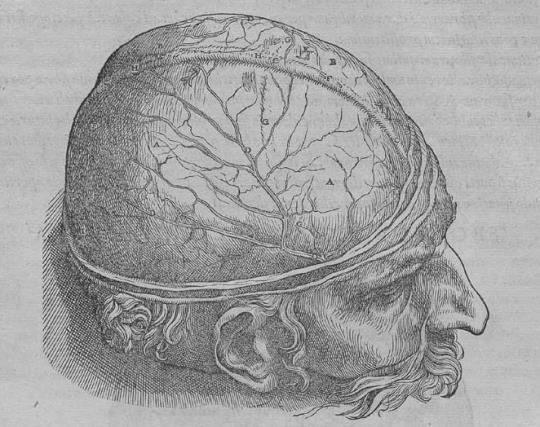* Stephen B. Porter and Alysha T. Baker, ‘CSI (Crime Scene Induction): Creating False Memories of Committing Crime’, Trends in Cognitive Sciences, 19 (2015), 716-8.
* Naotsugu Tsuchiya, Melanie Wilke, Stefan Frässle, and Victor A.F. Lamme, ‘No-Report Paradigms: Extracting the True Neural Correlates of Consciousness’, Trends in Cognitive Sciences, 19 (2015), 757-70.
* Catherine Perrodin, Christoph Kayser, Taylor J. Abel, Nikos K. Logothetis, and Christopher I. Petkov, ‘Who is That? Brain Networks and Mechanisms for Identifying Individuals’, Trends in Cognitive Sciences, 19 (2015), 783-96.
This is another post catching up on interesting pieces in Trends in Cognitive Sciences. Here there is something like a theme connecting three diverse articles. They all tackle a recurring issue in cognitive science: the difficulty of working out how to connect individual operations of the brain with the larger functions that result from the combination of individual operations. In these essays there are some new ideas and some words of caution. None points all that directly, as far as I can see, at any literary intersections, but the dilemma of how precisely to link up demonstrable details with overall effects is one that literary criticism could also face, and wouldn’t find all that easy to solve.

Porter et al. discuss the problems of false memory in criminal testimony. They show how people can be drawn into confessions. The questioning methods that enable these false memories may be employed wittingly or unwittingly: it’s easy to see how an interviewer with a sense of purpose, a known narrative into which they are fitting a possible perpetrator, may achieve the same as a deliberate manipulator. As they say in the conclusion, ‘the highly reconstructive nature of memory can have devastating effects in the criminal justice system’. The ‘reconstructive’ quality that’s crucial here is the result of multiple processes working together; their interaction may be the source of some of the unreliability.
*
Naotsugu et al. discuss research into consciousness. They are worried about the importance of self-report in much of this work, and whether it might have distorted the methods used to explore ‘neural correlates’ of consciousness. If you ask people to tell you when they are, for example, aware of certain things, and rely on that to determine your theories about conscious processes, then you may not get at the right neural activities which are making those processes happen. Here again it’s vital to understand, they argue, ‘how nerve cells [involved in consciousness] interact’, the ‘true neural basis’; this may require a ‘no-report’ method.
*
Perrodin et al. are interested in how we recognise one another. The dilemma here too is how to understand different sensory inputs in relation to the integrated recognition outcome. The technical dilemma is whether identifications ‘rely on modality-independent convergence or involve ongoing synergistic interactions along the multiple sensory streams’. One route to better understanding, it is argued, involves primate research, where it is easier to get a closer look at ‘converging sensory streams in the primate anterior temporal lobe’. To be honest, I don’t find the mechanistic aims of either of this or the previous essay all that congenial, but I suppose that eventually it may be possible and even just about desirable to parse so many of the separate neural sparks and links that the human mystery is fully fathomed.